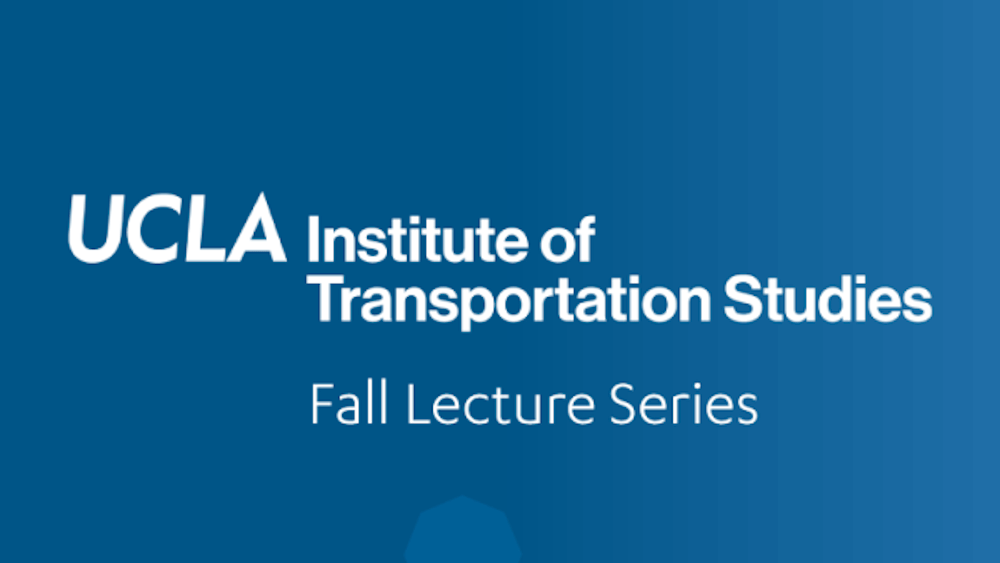The 2nd Shared Mobility Revolution — From Taxis, to TNCs, and Beyond: What’s the Public Sector Role?
Bruce Schaller – Schaller Consulting
In most cities today Lyft and especially Uber are now common parts of the transportation landscape. But less than ten years ago neither company existed. How did this explosive growth come to be? This lecture will review the different origins of Lyft (which grew from ridesharing) and Uber (which grew from black car service). We will discuss how these firms were able to overcome many of the barriers of scale and information that have limited taxicabs for decades.
Understanding the past, present, and future of the taxi industry in Los Angeles
Bill Rouse – LA Yellow Cab
As the first sharing economy faded after WWII, taxis remained the largest private form of shared mobility. But they occupied a strange and often overlooked position in the transportation industry. We will discuss how the industry evolved, how and why cities began to regulate taxi service, and how taxi regulation, and in particular the medallion system, went awry? Despite problems with taxi service, however, taxis remain an important part of the transportation system for many urban areas, where they serve the affluent and the very poor. They have also traditionally been an important source of employment for lower-income people, especially immigrants.
Labor Issues Arising with the Growth of Transportation Network Companies
Biju Mathew – Rider University
The For-Hire-Vehicle (FHV) industry is undergoing what seems to be an epochal transformation all across the globe. But nowhere else in the world are the emergent contours and the multiple resistances and contradictions more visible than in the United States. Against a background of the transformations that neo-liberalism itself has undergone over the last two decades, the talk will examine the micropractices of TNCs such as Uber using two rubrics: the dialectic between technology and labor under capitalism on the one hand and labor process theory on the other. From within such an analytic, the talk seeks to outline the implications of such business models on a range of domains/institutions – from labor unions and organizing to liberal governance and social compacts.
Policy Issues in Shared Mobility: Safety and Insurance
Marzia Zafar – California Public Utilities Commission
Uber & Lyft have transformed the transportation industry. The questions and concerns over safety and accessibility forced regulators to act quickly. Almost 4 years later the market is still adjusting and government continues to play a critical role. The concerns and questions continue to be around safety of passengers and the public at large. We know surprisingly little about the answers to these issues. We will discuss the 1.) role of regulation and its role with Uber, Lyft, etc. 2.) process toward regulating TNCs, 3.) safety and consumer protection. 4.) challenges, backlash, and resistance in regulation.
Policy Issues in Shared Mobility: Equity and Social Inclusion
Mark Kleiman – NYU
Shared mobility is a new benefit available to consumers who have access to credit and access to smartphones. These criteria leave out the poorest and least documented segments of the population. Is this fair? In one sense TNCs and other services may be considered a Pareto Improvement: they help many people and may make no one worse off. However, society often has a higher bar for equity than simply not making others worse off (making some people better while leaving others unchanged can exacerbate inequality), and it is not entirely clear that TNCS will not make people worse off. If TNCs undermine taxis or transit, which often serve important social service roles, they might actively harm vulnerable groups. On the other hand, TNCs might be able to better serve some areas or groups, and at lower cost. Prices for TNC rides can sometimes spike dramatically, raising questions of fairness and price gouging. TNCs are also, unlike taxi firms and transit agencies, large global corporations. They lobby, dodge taxes and do things large corporations do. So what are the equity implications of TNCs firms nationally or globally (as part of a larger trend toward inequality) in contrast to locally?
A Green Path to Shared Mobility
Kristen Pawling –NDRC; Marcel Porras – City of Los Angeles
California faces serious air quality challenges, aggressive climate change goals, and, in many places, inequitable mobility options. There is a plethora of shared mobility services available, many of which claim to reduce the need for single-occupant vehicle mobility. Hear about what we already know about shared mobility and the environment, what we don’t know, and what key questions we should prioritize asking.
Public officials and planners are much more supportive of carshare and especially Bikeshare programs than they are of TNCs. But both carshare and bikeshare, particularly the latter, require substantial public subsidy. What is the business model for these services, and how are they faring? What are the operational challenges, and can we expect that they will be resolved over time?
Steve Polzin – University of South Florida
The presentation will focus on how emerging conditions may impact travel behavior and transportation demand. Attention will focus on current trends and how travel behavior might be impacted given economic, demographic, and technology trends. Observations on our current understanding of travel behavior, the adequacy of our data and theory of travel behavior, and the implications on transportation planning and investment will be offered.
Steven Shladover – UC Berkeley
Expectations for the automation of road transportation have been raised to unrealistic levels based on the coverage by the media. This presentation explains the opportunities and challenges associated with road transportation automation, after classifying the diverse automation systems based on the SAE levels of automation. This leads to cautious predictions about when the different levels of automation are likely to be deployed in sufficient quantity to have significant impacts on transportation planning and operations. The public policy and regulatory issues are explored in light of the recently released Federal Automated Vehicles Policy.












